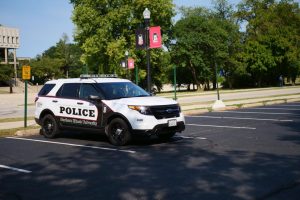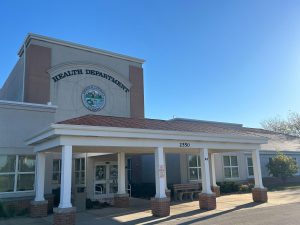Don’t mix with alcohol
October 31, 1989
Well Now
Health Enhancement Services
The leading cause of drug induced deaths in the U.S. has been alcohol in combination with other drugs (Drug Enforcement Agency Statistical Report). Some of these deaths are intentional. However, most alcohol/drug deaths are accidental. They occur when someone takes medication or drugs that depress or slow down the central nervous system (CNS) and drink alcohol. Alcohol also is a CNS depressant. Generally, any medication that warns of “drowsiness” as a side-effect should not be taken when consuming alcohol. Two or more CNS depressants taken together produce an additive or even super-additive effect.
Additive: 2 beers + 2 antihistamines = 4 beers + 4 antihistamines.
Super-additive: 2 beers + 2 sleeping pills = 6 to 8 beers or 5 to 6 sleeping pills.
When talking about alcohol/drug interactions, it is important to know that “drug” means medicine and over-the-counter (OTC) products as well as street drugs.
The following is a list of CNS depressants that can cause dangerous interactions with alcohol:
Opiate or synthetic opiate drugs that consists of pain killers and some cough suppressants such as heroine, codeine, Darvon, Talwin, etc.
Sedative/hypnotics including sleeping pills and some calming agents such as downers, barbs, phenobarbital, Seconal, Quaalude, etc.
Antihistamines like allergy pills and some cold medicines including Benadryl, Dristan, Periactin, etc.
Amitriptyline (Elavil) is a medicine regularly listed among the top ten in drug induced deaths. It is an anti-depressant drug with very potent CNS depressant side effects. As such, it is included here with other CNS depressants.
Street drugs that are not CNS depressants (marijuana, LSD, cocaine, speed, etc.) do not cause additive or super-additive effects when used with alcohol. However, because alcohol can impair judgment and lower inhibitions, it is easier to take more than the usual dose of the street drug. Many street drug users know when they have had enough by experience. The user stops when he feels effects that are unpleasant or signal danger. Under the influence of alcohol, the user might not feel these effects or might not heed them resulting in an accidental overdose of street drugs. This type of overdose is not truly an alcohol/drug interaction. It is a result of reckless behavior or depressed sensation caused by alcohol intoxication.
Some other interactions of concern to the young adult population are alcohol and:
Metronidazole (Flagyl) is a medication to treat genital infections. This drug has an antagonistic reaction with alcohol causing vomiting, dizziness, etc.
Aspirin is a stomach irritant, so is alcohol. The use of alcohol and aspirin together is especially irritating to the stomach lining. This is especially so on an empty stomach.
Time release drugs dissolve more rapidly because alcohol stimulates secretion of gastric juices. This all-at-once release can cause side-effects and overdose risks.
Motion sickness drugs impair the vomit reflex in the brain. A healthy body protects itself from lethal alcohol poisoning by vomiting. Alcohol intoxication and motion drugs increase the risk of such toxic reactions.
Marijuana is a well researched street drug. Yet there remains much disagreement about health risks associated with its use. It is clear from driving studies that this memory deficit impairs driving ability. A driver who drinks and smokes dope is twice impaired.
The Illinois laws against driving under the influence of alcohol allow drivers to be convicted at breathalizer levels well below .1 percent blood alcohol level if there is evidence that the driver was using medicine or other drugs in combination with alcohol.
Ask a pharmacist for information about alcohol/medicine interacitons. Avoid street drug use, especially with alcohol. For more information about alcohol or other drugs, call NIU Health Enhancement Services at 753-1834 or stop at the Wellness Resource Center on the main floor of the Holmes Student Center.






